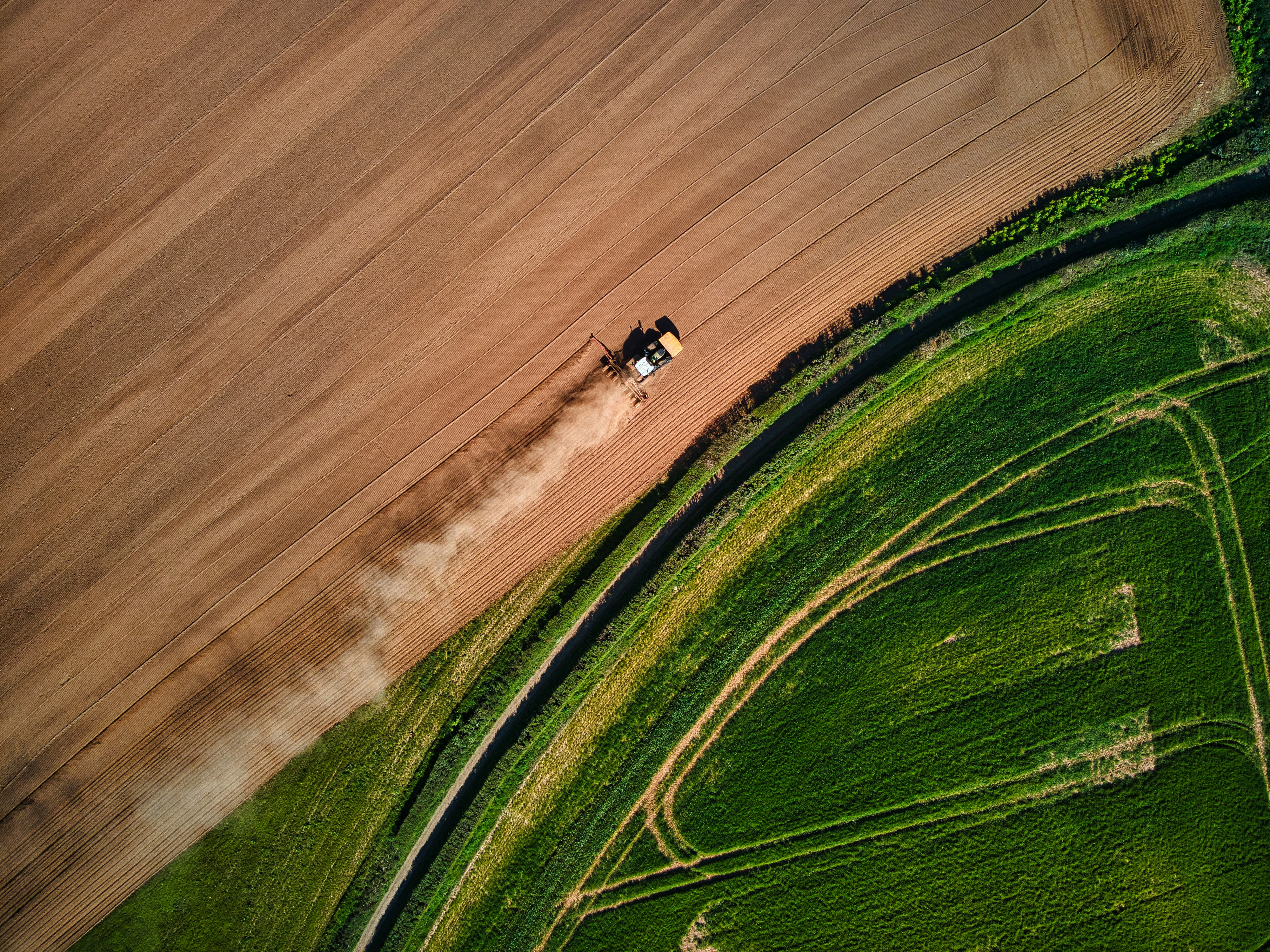Key Takeaways:
- Introduction of CROPGRIDS: CROPGRIDS is a new, comprehensive global dataset that provides detailed area information for 173 crops as of 2020, with a high resolution of approximately 5.6 km at the equator.
- Major Update from Previous Data: This update enhances resolution and coverage in the widely used Monfreda et al. (2008) dataset.
- Data Sources and Expansion: CROPGRIDS incorporates 27 selected published gridded datasets, data from 52 national statistical offices, and 2020 statistics from FAOSTAT.
- Applications and Impact: This dataset will significantly impact modeling studies and sustainability analyses, providing crucial data for national and international agricultural decisions.
- Accessibility and Usability: By offering an updated and more precise dataset, CROPGRIDS makes it easier for researchers and policymakers to understand and analyze global crop distribution.
The latest advance in agricultural data gathering, CROPGRIDS, presents a pivotal enhancement in crop distribution analytics. Developed by Fiona et al. in 2024, this dataset offers geo-referenced information detailing the area occupied by 173 different crops as of 2020, with a notable resolution of 0.05°, approximately 5.6 kilometers at the equator.
Major Update from Previous Data
CROPGRIDS is designed to significantly update the previously esteemed Monfreda et al. (2008) dataset, commonly referred to as MRF. While MRF documented 175 crops with data pegged to the year 2000 and offered a spatial resolution of 10 kilometers, CROPGRIDS enhances both the temporal proximity and the detail of the data, thus providing a more precise and updated overview of global agricultural landscapes.
Expansion Through Diverse Data Sources
This new dataset does not merely update old figures; instead, it expands on the MRF dataset through integration of multiple data sources. CROPGRIDS encompasses 27 carefully selected published gridded datasets, comprehensive subnational data obtained directly from the national statistical offices of 52 countries, and the most recent national-level statistics provided by FAOSTAT for the year 2020. This amalgamation of data sources ensures that CROPGRIDS offers an unparalleled depth and breadth of data, available at both regional and global scales.
Impact on Modeling Studies and Sustainability Analyses
CROPGRIDS is set to revolutionize the way that agricultural data influences modeling studies and sustainability analyses. With its enhanced resolution and updated data, researchers can perform more accurate simulations and analyses. This dataset is particularly crucial for informing sustainable agricultural practices and policies at both the national and international levels, helping to shape decisions that align with environmental sustainability and economic considerations.
Enhancing Accessibility and Data Usability
By making detailed crop distribution data accessible and easy to use, CROPGRIDS fills a critical gap in agricultural research and policy-making. Its comprehensive nature allows for a better understanding of how crops are distributed globally, which is essential for anyone involved in agricultural planning, environmental sustainability, and economic forecasting related to agriculture.
Read more here.
Photo by Red Zeppelin on Unsplash


